Nano Banana Use Cases & Tutorial | Part 1
See Real Workflows & Examples
If you’ve been following the leaps in AI image generation, you’ll know that Google’s Nano Banana has been making waves lately. In our latest edition, we broke down what it is and why it matters. In this post, I want to take things a step further and show you what this model can actually do in practice, through real use cases and examples that highlight its strengths.
Make sure to check our latest edition out for an intro.
Before we dive in, let’s quickly stack Nano Banana against ChatGPT’s image generator, so you can understand why creators turn to it for precision, consistency, and professional-grade results. ChatGPT’s image tool is fast and strong at interpreting open-ended prompts, but it’s more of a “generate-once” experience—great for concept sketches but harder to iterate with fine-grained control. Nano Banana, by contrast, was built for technical precision: localized edits (“change just the color of the flowers”), multi-image composition, and character consistency across an entire series. It also ships with an invisible SynthID watermark, giving every output a verifiable digital signature.
Now, let’s get into the fun part! What Nano Banana can actually do when you put it to work.
Use Cases for Creators, Marketing & Business
Let's explore the main categories where Nano Banana is making the biggest impact.
Content Creation & Marketing
The marketing applications are practically limitless. Real estate agents are using it for listing cards, companies for uniform employee badges, and businesses for dynamic product mockups. The marketing and branding applications are particularly powerful because you can maintain brand consistency while creating diverse content.
Social media managers love Nano Banana because it solves the constant need for fresh visual content. Instead of hiring photographers or designers for every post, you can generate on-brand images that match your exact specifications.
One of the more specific use cases in the content creation and marketing industry is generating targeted ads for different audiences. A creator tested this by asking for a travel-related campaign adapted for Gen Z with vibrant, social-media-friendly aesthetics, and another version tailored for older audiences with more traditional, sophisticated imagery. This shows how Nano Banana can translate audience differences into distinct visual styles without requiring separate design teams.

This capability is a breakthrough for small biz/creators that couldn't previously afford multiple campaign variations or agencies managing numerous client demographics simultaneously.
Tech companies are also using it for creative product marketing, like a spec ad for a fictional iPhone 17 Pro, branded as "the first iPhone without a camera," showing how AI-generated content can be used for conceptual advertising and viral marketing campaigns.
Creators using AI Image Gen
For creative professionals, this is where Nano Banana really shines. It's streamlining digital artwork and concept art development like nothing I've seen before. You can do faster pre-visualization, create ad storyboards, and plan YouTube b-roll in a fraction of the time.
The entertainment industry is having a creative renaissance with anime-style (remember Ghibli-styled generations from ChatGPT?) content being created using sophisticated AI tool pipelines. Even more impressive, creators are producing character-consistent videos and animated shorts with production values that would've required entire studios just a few years ago. Independent creators can now compete with traditional animation studios, and product designers are exploring wild cross-industry inspiration like concept cars inspired by iconic sneakers.
Check out this cool animated short video
eCommerce Content
Online retailers have found some clever ways to enhance their product photography. Instead of expensive photo shoots for every product variation, they can generate images showing products in different settings or configurations. One product shoot can now become an entire catalog of lifestyle images.
I've seen some really creative applications like custom chess sets based on uploaded images. Users upload any image and get a complete chessboard design with 3D-printable pieces inspired by that image. It's that kind of creative problem-solving that shows you how versatile this tool really is.
Personal and Professional Photography
Photographers and visual artists are exploring some really innovative territory. One thing that blew my mind was "split photography" – creating images that show the same space across different time periods. This technique is perfect for before-and-after renovations, historical documentaries, interior designers showing potential transformations, or even storytelling projects that need to show the passage of time in a single compelling image.

Another example that’s worth paying attention to. Don’t miss it.
Getting Started: Setup & Tutorial
Getting started is surprisingly straightforward. You'll need a Google account and access to Google's AI services. The setup process is designed to be user-friendly, even if you're not particularly technical. You have three main ways to access Nano Banana:
Google AI Studio: offers a web-based interface that's perfect for beginners. It's like having a creative playground where you can experiment with different prompts and see results instantly.
Gemini API: is for those who want programmatic access. If you're building applications or automating workflows, this is your gateway to integrating Nano Banana into your existing systems.
Gemini App: provides mobile and desktop integration, making it easy to generate and edit images on the go.
Third-Party Interfaces are also available for users seeking more specialized experiences. Several dedicated web applications offer streamlined Nano Banana editing experiences, providing alternative interfaces that might better suit specific workflows or user preferences. These third-party tools often focus on particular use cases or offer different user interface designs while still leveraging Nano Banana's underlying capabilities.
Here are some popular third-party interfaces worth exploring:
NanoBanana.io: Tailored for developers and technical users
NanoBanana.im: Perfect for beginners and casual users
NanoBanana.ai: A comprehensive platform designed for professional creatives and businesses
Once you're set up, the interface is intuitive. You'll see a text box where you describe what you want, upload areas for existing images you want to edit, and various settings to fine-tune your results. The key is to start simple and gradually experiment with more complex requests as you get comfortable.
Now that you're comfortable with the basics, let's explore what Nano Banana can actually do. Understanding these core features will help you see what kind of magic you can create.
Key Technical Capabilities
Let's break down what Nano Banana can actually do for you:
1. Text-to-Image Generation
This is probably the most straightforward feature. You can create high-quality images from simple or complex text descriptions. Want a picture of a golden retriever wearing sunglasses on a beach at sunset? Just type it, and you'll get exactly that.
2. Image Editing
You can use text prompts to add, remove, or modify elements, change style, or adjust color grading. Instead of learning Photoshop, you tell the AI "make the sky more dramatic" or "remove that person in the background," and it handles the complex editing for you.
3. Multi-Image Composition
This feature lets you use multiple input images to compose new scenes or transfer styles. Imagine taking the lighting from one photo, the background from another, and your subject from a third, all blended seamlessly.
4. Character Consistency
You can reuse the same subject across many edits while preserving identifying visual features. This means you can create a whole series of images featuring the same character without them looking different in each shot.
5. Targeted Transformation
This allows for precise local edits with natural language. You can say "change just the color of the flowers" without affecting the rest of the image.
6. Multi-Image Workflows
One of the most powerful (and underrated) features of Nano Banana is its ability to handle multi-image workflows. Instead of thinking of image generation as a one-off process, you can feed in multiple reference shots and use them to create entire batches of consistent outputs. This is a game-changer for anyone working on product photography, design visualization, or animation pipelines where keeping details aligned across many angles really matters.
What makes Nano Banana stand out is how it balances flexibility (you can change perspective, camera settings, or styling) with consistency (the subject doesn’t morph or lose fidelity between shots). And because it supports prompt chaining and iteration, you can scale from a single input image to an entire 360° asset pack.
What’s next?
We are going to explore more advanced workflows for generating Videos + 10 great prompts you need to know when working with Nano Banana.
The post was too long for the newsletter format, so check your inbox tomorrow to read the second part of the Nano Banana Tutorial for Creators & Business.



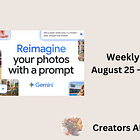
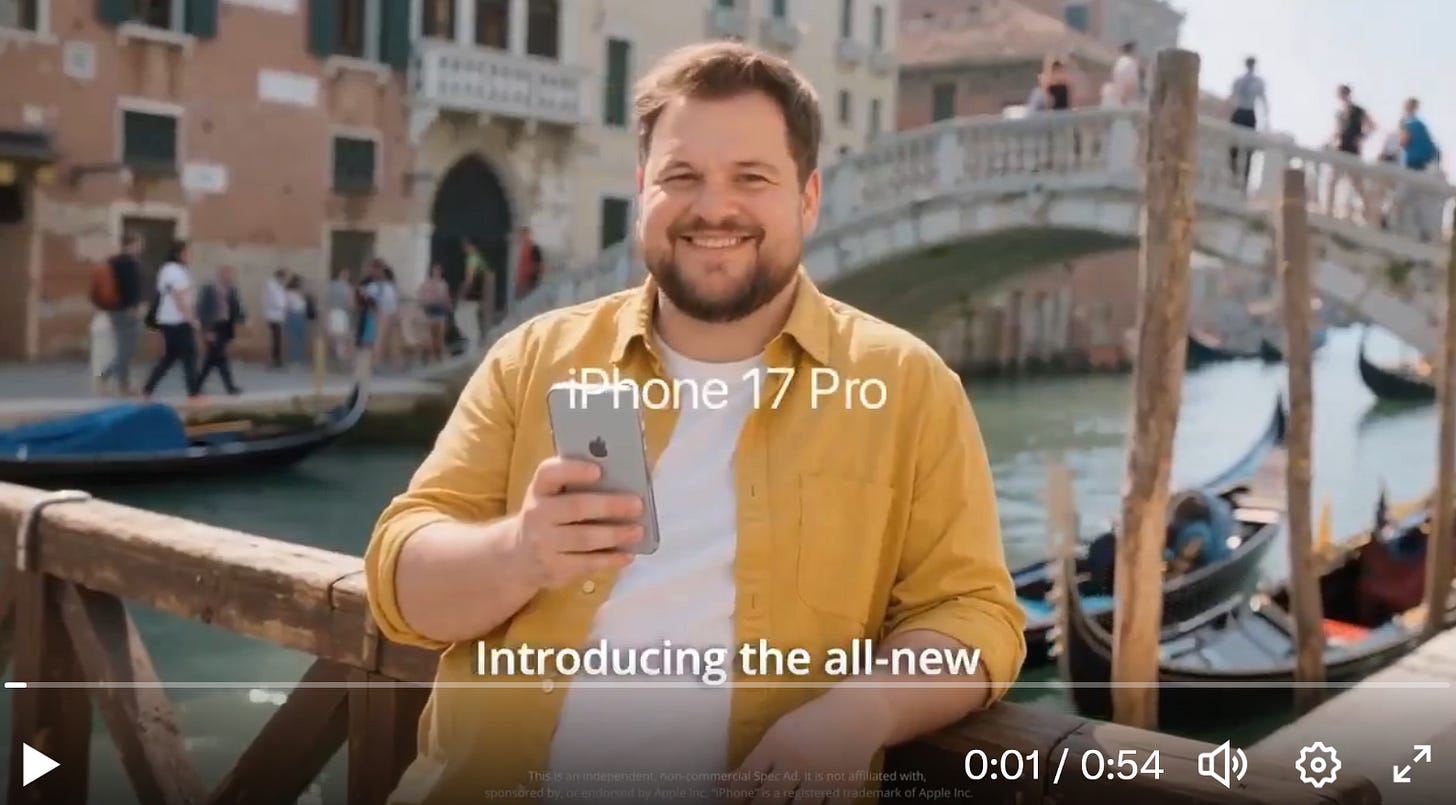
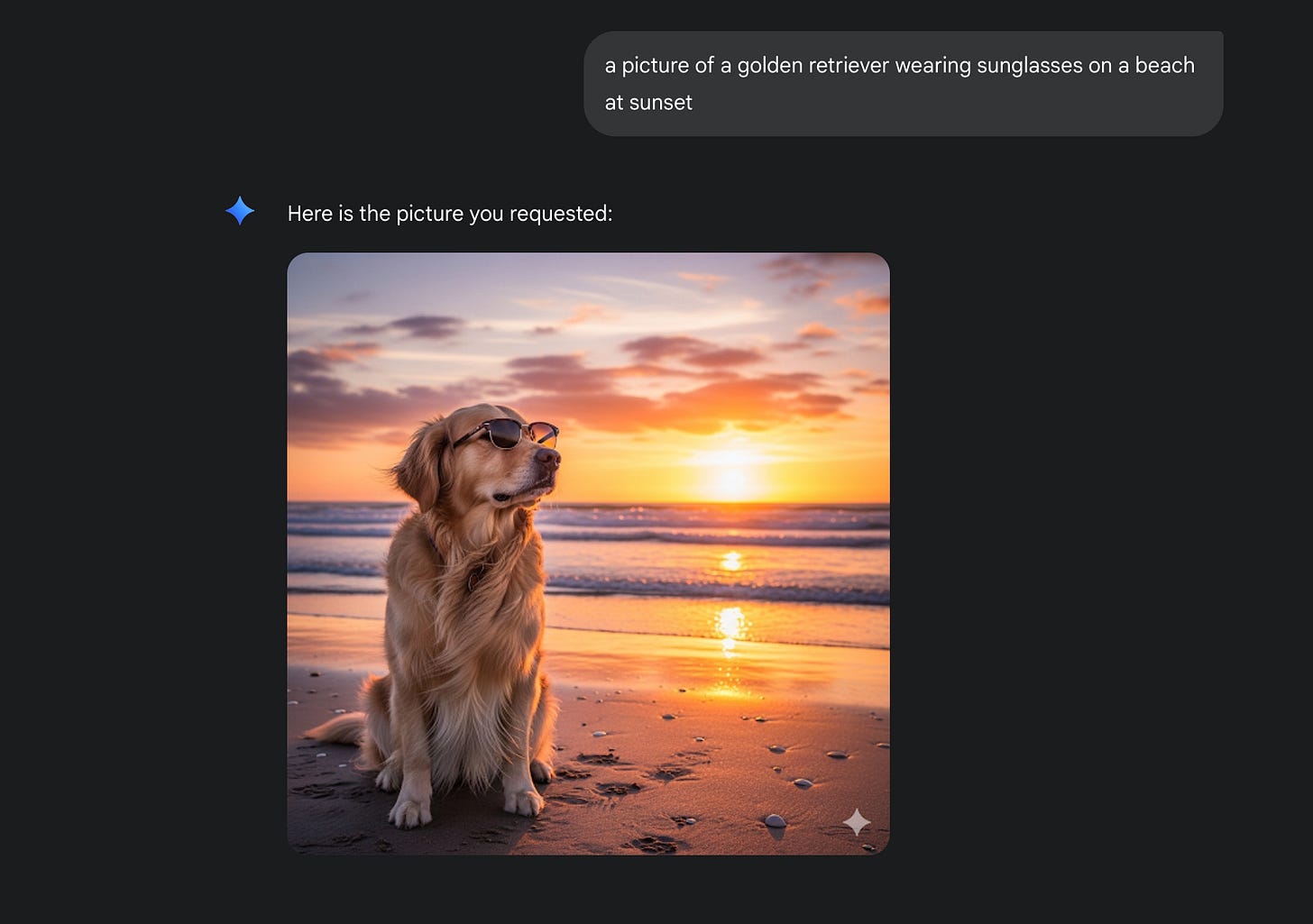

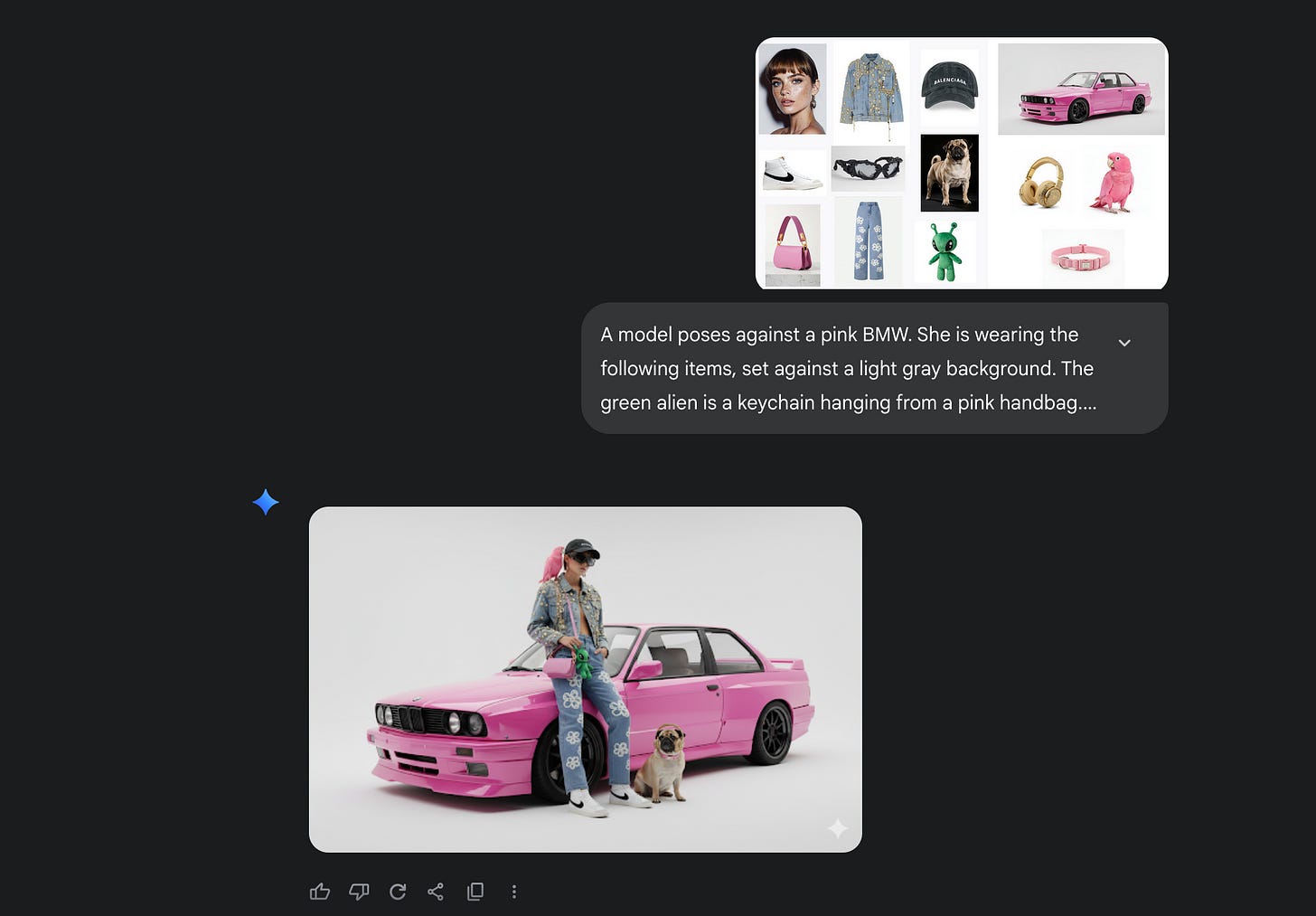
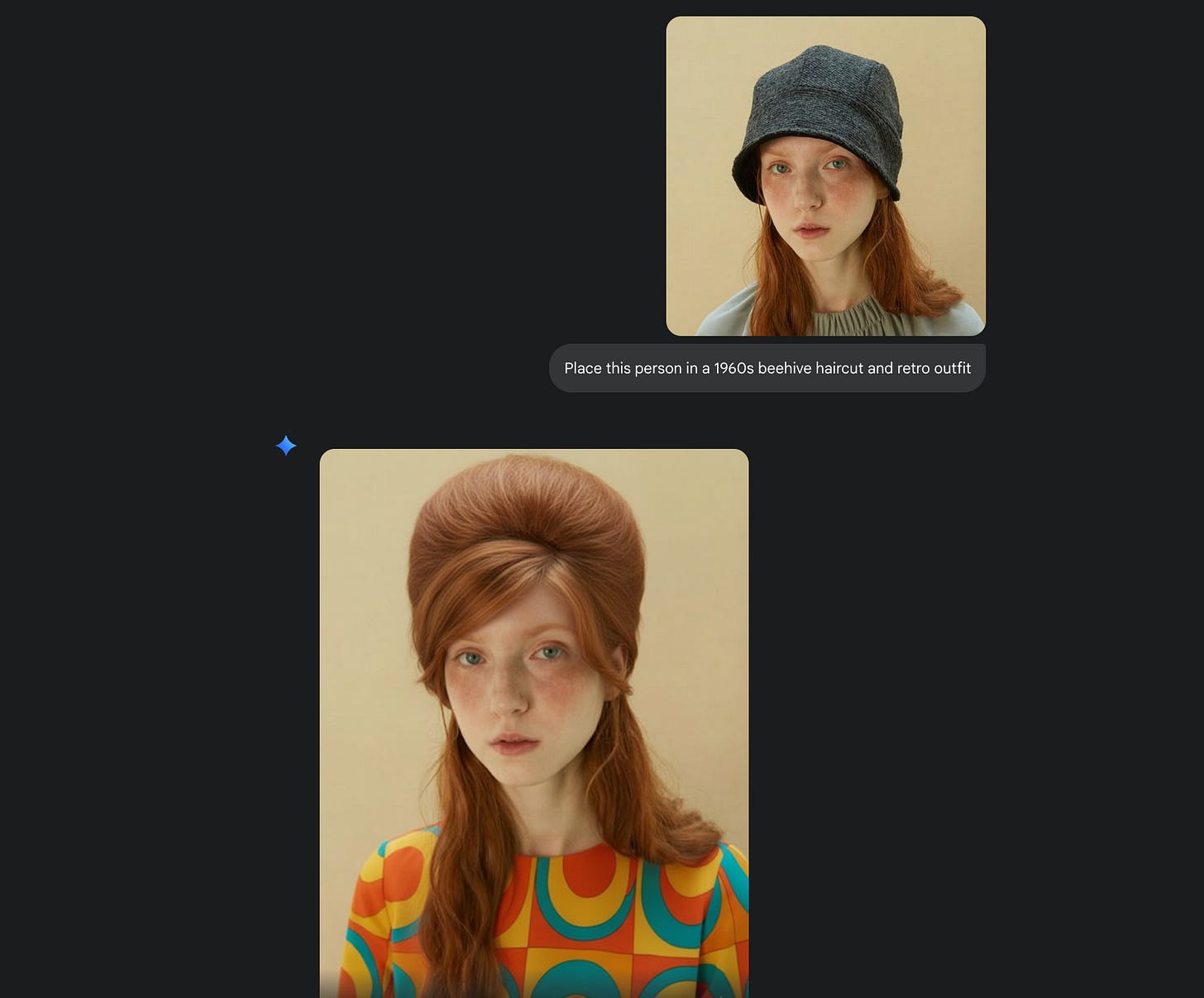

Thank you for sharing. I have been using this website recently. It can generate multiple times for free. You can try it.
https://www.nanobanana-ai.org
The speed of Nano Banana Pro is incredible. High-quality renders in seconds instead of hours. Total game-changer! https://ainanobananapro.io